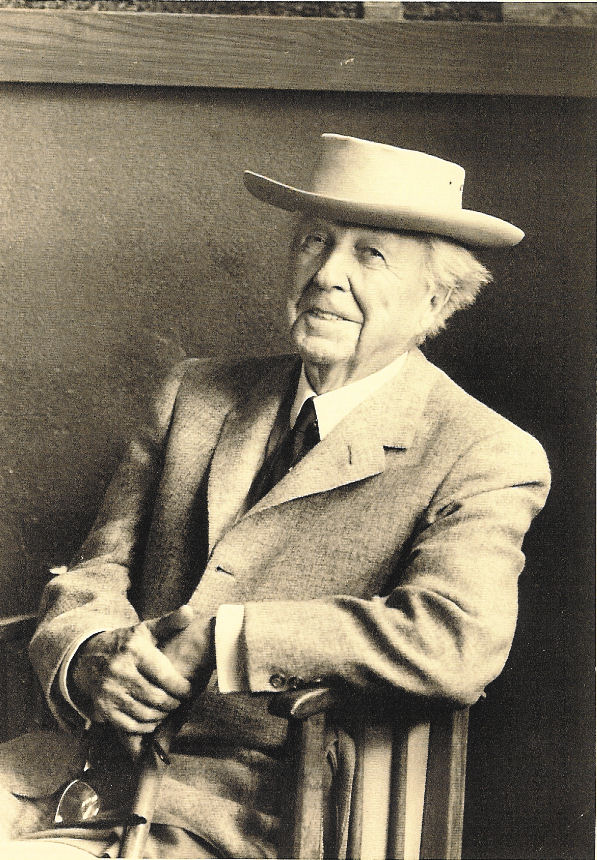First, I would like to thank everyone for the encouragement as I finished my five year journey to write, rewrite and yet rewrite again my first novel. Last week, I typed the final sentence. This process has been humbling, empowering, enjoyable and frustrating – just like cooking! Yes, I completed a book about cooking and through the pages, I have actually learned how to cook. Here’s a fun picture of my cooking class at Astor Center in New York with Chef Carl Raymond.

So now what? It’s time to think beyond the book. Actually, I started thinking beyond the book when I turned on the computer. I often visualized a reader turning the crispy pages of my story. That helped me remember for whom I was writing this story and how that might impact promoting it. I don’t know where my novel will find a home, but I do know one thing….The real journey has just begun!!
As a former banker, I always consulted the experts on what I didn’t understand. For this “excerpt from an expert” I contacted Kathleen Schmidt, Vice President and Director of Publicity for Atria Books, an imprint of Simon & Schuster. We connected via twitter. (Social media is another topic for a future blog post). I think as writers, we should be aware of what goes into the publicity process. Below you will find some answers:
1) Kathleen, you have promoted a variety of books - including the Patrick Swayze memoir and Jodi Picoult's Handle with Care. Is there a distinct difference in how you promote fiction vs. non fiction?
It really depends on the book. There is, of course, an inherent difference between promoting fiction and non-fiction. But then you need to look at the genre. Celebrity memoirs are in a category by themselves. Narrative non-fiction is very topic-driven, so the news cycles play a role in how effectively you are able to promote those titles(ie, political books). Someone like Jodi--she has a huge readership which continues to grow because mothers AND their teenage daughters read her books.
The real challenge is how to break out a new author--someone with a great voice and the ability to tell a wonderful story. Where do you get attention for them in a world where review pages have diminished and there are so many forms of entertainment for the consumer? I don't have all the answers, but what I can say is that if the book is great, and you can get people to read it, that is half the battle.
The publishing industry is in a transitional period right now. The one thing we do know is this: the act of reading is not going away. Books may be published in different formats, but people will still read them. The question is--what kind of stories do people want to read?
2) Recognizing the importance of the bottom line to maximize book sales, especially in today's environment, what can the author do to supplement the publisher's promotional efforts?
That is a loaded question. I don't think it is wise for any author to finish a book and then wash their hands clean of the process. The publisher/author relationship is a partnership. We never set out for a book to fail. That's very important to remember.
I'm not a big advocate of doing anything without a plan. For instance, if an author creates a book trailer--they should never do it without a solid plan for promoting it. Same thing for an author website. You can never take the "build it and they will come" stance.
It is hard to be specific here because it truly depends on the book. However, supplementing advertising and marketing is never a bad idea. Just make sure everyone involved is in agreement on the messaging.
3) I noticed that Atria books is partnering with the Pajama Mommy Community. Is this a growing trend in publicity for books?
We have worked with Pajama Mommy, and we are open to working with online communities in general. We've continued to maintain strong relationships with bloggers, and we are on Twitter. The growing trend is that publicists will keep interacting with the consumer.
4) Does the increase of e-books directly impact the methods of promoting?
Not really. Pretty much all of our books are available as e-books. Right now, e-books are a matter of preference with the consumer. Some people like them, some don't. Just as some people prefer a hardcover over a paperback, etc.
5) Do you like to cook? What is one of your favorite recipes that is easy to prepare after a long day at the office?
I like to cook, but I don't do it very often. I have a busy schedule, and two little ones at home(my son is 5, my daughter is 22 months). My husband is actually the chef in our house most of the time. Since we both work full time, we end up ordering take-out quite a bit. That said, one of my specialties are homemade meatballs with red sauce(or, gravy as we Italians call it). My mother would make this every Sunday, and I learned by just watching her. It's become a tradition in my house--I make it once a month.
I love to bake, though, and my Christmas cookies are always in demand by family members!









